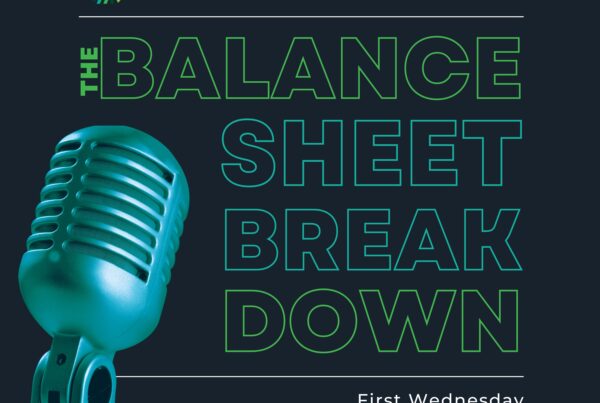IRC Code §663(b) – 65-Day Rule
For estates and trusts, §663(b), otherwise known as the 65-day rule, states that a fiduciary can distribute to its beneficiaries within 65 days after year-end and retrospectively apply those distributions as if they were paid in the previous tax year. For a calendar year estate or trust, the deadline for the distribution is March 6th (leap year would be March 5th). An election must be made annually with the estate or trust income tax return (Form 1041) to treat the distributions made within the 65-day window as paid or credited to the prior tax year. Once §663(b) is elected for a tax year, it is irrevocable.
For example, a fiduciary may want to make this election if unexpected income was earned in 2022 and all income was not distributed to the beneficiary during the tax year. Assuming there is an allowable distribution and the election is made, the estate or trust will receive a distribution deduction for income distributed, and the beneficiary will pick up the income on their own individual tax return. Estates and trusts are notorious for being heavily taxed since the highest tax bracket (37% in 2022) is reached at a taxable income level$13,450, versus a married taxpayer’s income level of $647,850.
Ultimately, the fiduciary should consider whether it would be advantageous to attribute the beneficiary distribution made after year-end to the prior year or to the current year – the year in which the actual payment was made. It is important to speak with your WG tax professional to discuss not only the most tax-efficient option but also the fiduciary’s ultimate responsibility in distributing assets to a beneficiary.
For more information, or if you have any questions about this or any other tax matter, please contact your Wilkin & Guttenplan advisor or email us at [email protected].



